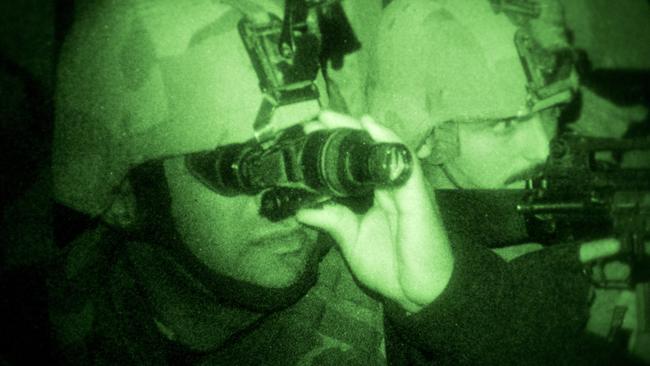Nanotech jab lets mice see in dark … and we could too
Scientists have made mice that can see in the dark. And they hope the same techniques could soon give people night vision too.

Lock up your cheese at night — scientists have made mice that can see in the dark. And they hope the same techniques could soon give people night vision too.
Researchers who injected specially designed nanoparticles into the eyes of mice found that the animals were able to see in the near-infrared spectrum, the same light that is exploited in night-vision goggles. The nanoparticles, which sat at the back of the retina, converted this ordinarily invisible light into something that could be seen by the mice’s eyes, before slowly being removed by the body over several weeks.
If the technique can be shown to have no side-effects — particularly in normal daylight — then there is no reason it would not confer the same ability on people.
The particles, and night-vision equipment in general, work because most of the light that exists is invisible. The electromagnetic spectrum contains waves ranging from tiny-wavelength X-rays, used to spot broken bones, to long-wavelength radio waves, used to broadcast television.
In the middle there is a small sliver of wavelengths that we call “light” and which is the only part that animals have evolved to see.
The particles broaden this spectrum by taking light with longer wavelengths than red light, which is normally invisible, and converting it to light in the visible spectrum.
A similar method is used by hi-vis jackets, which reflect shortwave-length ultraviolet light — in the process changing it to light with longer wavelengths and so allowing road workers to be seen in low light.
In an experiment presented at the American Chemical Society’s autumn meeting, mice were trained to swim through a water maze to safety by following triangular signs that used visible light, and avoiding circular signs.
Scientists then injected some of them with the nanoparticles and found they could do the same using infrared signs that they should not have been able to spot.
The Times


